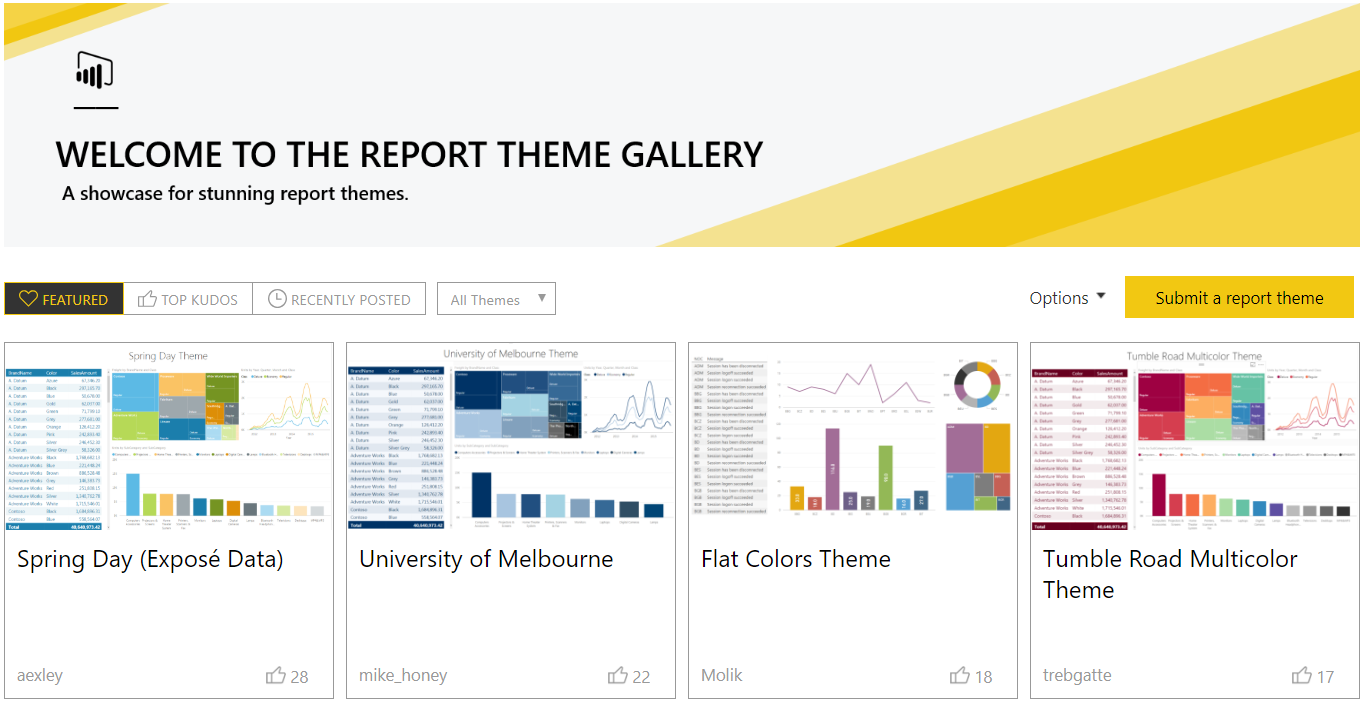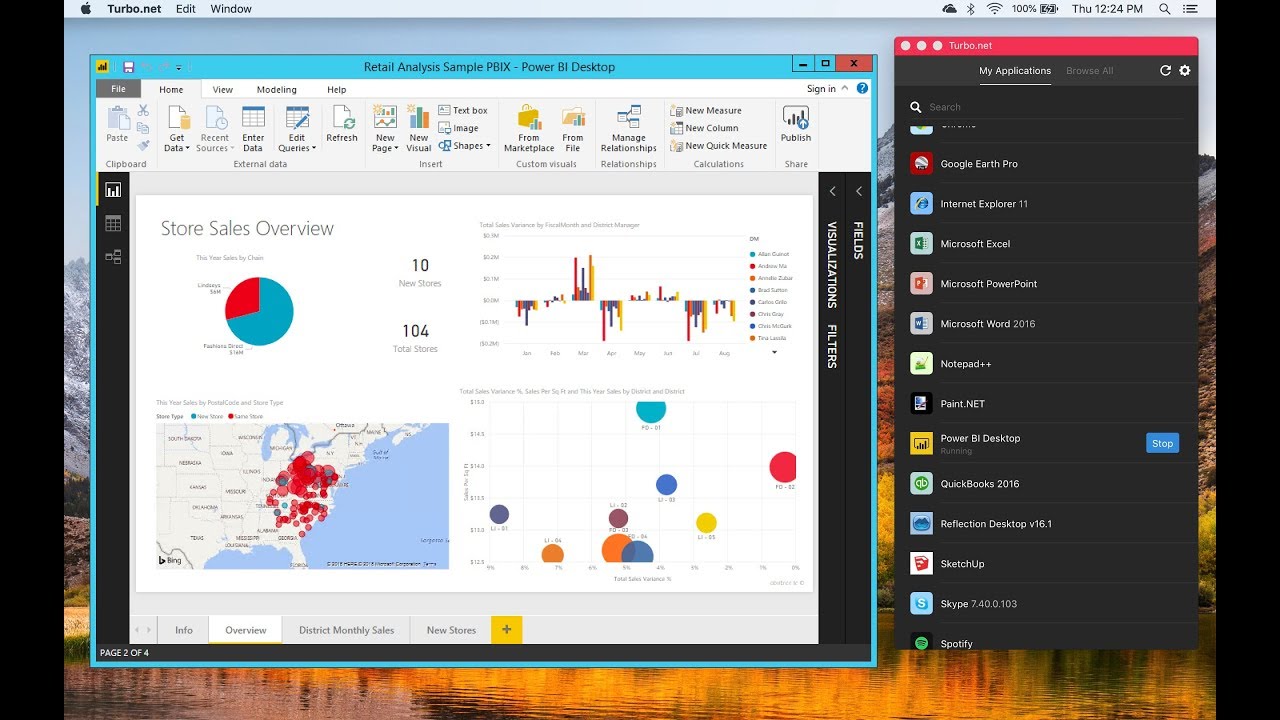


Click a desired table, right click on data area then click “Copy Table”.Click a desired table then from the ribbon, click “Copy”.Right click on a desired table and click “Copy Table”.Switch to Data view by clicking on Data tab.The easiest workaround is simply copy/paste data from Data view in Power BI Desktop. Copy Data from Data View in Power BI Desktop and Paste it to Destination I also explain how easy you can export Power BI Desktop data to CSV using DAX Studio.
HOW TO DOWNLOAD POWER BI FOR MAC HOW TO
In this post you learn how to copy Power BI Desktop data to a destination file like Excel or CSV without any third-party software involved.
HOW TO DOWNLOAD POWER BI FOR MAC SERIES
I’ll explain different ways to export Power BI Desktop data in a series of articles. So let’s have a look at different workarounds until this feature is not available in Power BI. You are just curious to see if it is possibleīut, the reality is that regardless of the reason, lots of people still want to export data from Power BI Desktop to different destinations.You might want to use the current Power BI data in Cortana Analytics.You have a bunch of calculated columns created in DAX and you don’t want to go back and redo all the hard works you have already done in Power BI in another environment like Excel.You might have done lots of complex transformations in Power BI Query Editor and replication the same logic on the source system could be much more complex and time consuming, so again exporting data from a current Power BI Desktop model makes sense.You Power BI Desktop consolidates lots of different sources in a single model and it would be very hard to get the same output as you get in Power BI Desktop model in Excel.For some reason you have just a Power BI Desktop file (PBIX) and you don’t have access to the data sources and you need to provide the data to someone who is not familiar with Power BI.The reason could be one of the following that someone wants to export data from Power BI Desktop model to other destinations like Excel, CSV, SQL Server etc. So why not using Excel at the first place to load data from the source? There might be lots of other questions about the reasons that someone wants to export data from Power BI Desktop model to Excel (or any other destinations). Power BI brings Power Query, Power Pivot, Power View and Power Map together in one piece of software. The first question lots of you might have is “How on earth someone wants to export data from a Power BI Desktop model to Excel OR CSV?”. Note: I’d like to make it clear that in this article we are NOT interested in exporting data from a visual in a report to CSV. One of the features that is asked a lot on Power BI community is how to export Power BI desktop data to Excel OR CSV. The method explained here is only applicable for Power BI Premium or Embedded capacities with XMLA endpoints connectivity. If you’re interested in exporting the data model from either Power BI Desktop or Power BI Service to CSV or SQL Server check this out. You can now export the data direct from Power BI Desktop using my tool, Power BI Exporter.


 0 kommentar(er)
0 kommentar(er)
